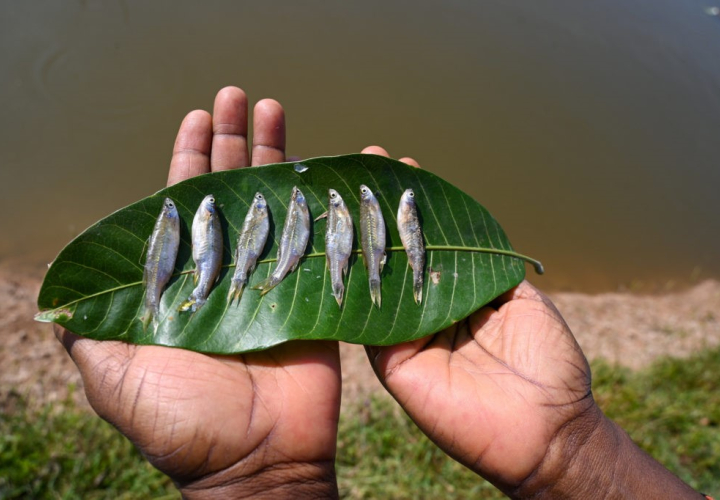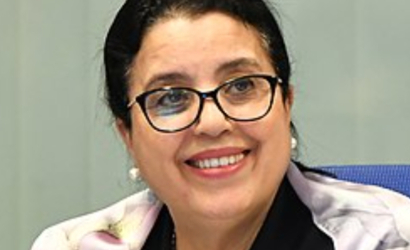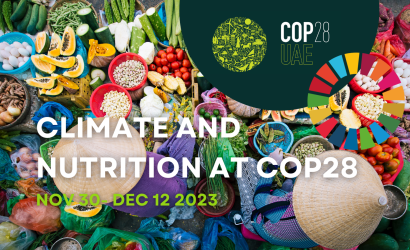The 49th Session of the Committee on World Food Security (CFS) took place from 11 to 14 October 2021, using a hybrid format. More than 1,300 participants registered for the event, including representatives of 131 Member and non-Member Nations, as well as other stakeholders. Nutrition was a core part of the discussions, both in the plenary and various side events, particularly those co-organized by UN Nutrition members.
Nutrition highlights from 49th Plenary of the Committee on World Food Security
Participants discussed the findings of the 2021 State of Food Security and Nutrition in the World (SOFI), the CFS Voluntary Guidelines on Food Systems and Nutrition (VGFSyN), the UN Food Systems Summit (UNFSS) and its implications for CFS, as well as other ongoing CFS workstreams and priorities. CFS49 also provided a strategic venue to underscore that over 3 billion people around the world do not have access to healthy diets due to economic barriers, against the backdrop of World Food Day.
On day 2, FAO Chief Economist, Máximo Torero Cullen, launched the FAO Evidence Platform for Agri-food Systems and Nutrition at the Forum on the Uptake of the CFS VGFSyN. Developed in collaboration with UN Nutrition members, this online platform compiles, organizes and provides easy dissemination of normative guidance, standards, guidelines and evidence for all 105 recommendations found in the CFS VGFSyN. Read more about the CFS VGFSyN in our article published in our previous newsletter issue.
Common threads in the UN Nutrition-supported CFS side events
Nutrition featured in multiple side events, covering diverse facets of the topic with three common themes: environmental conservation; human rights; and diversity. The first side event, Transforming food, land and water systems for sustainable healthy diets, took place on 11th October and attracted 150 participants from different corners of the world. Co-organized by UN Nutrition, World Fish, the International Livestock Research Institute (ILRI), the Environmental Defense Fund and Stanford University, this event brought into focus strategies and programmes that support mutually reinforcing environmental and nutrition goals with an emphasis on promoting locally-sourced foods and rebalancing food consumption patterns. Shakuntala Thilsted, Global Lead of Nutrition and Public Health at WorldFish and 2021 World Food Prize Laureate set the stage with a keynote address, urging stakeholders to come together and act now such as through the UNFSS-inspired coalitions. Her message was clear: elevating aquatic foods in the food systems agenda “can synergistically improve access to nutritious foods, lower environmental footprints of our global food systems, and provide equitable livelihoods for the world’s most vulnerable.”
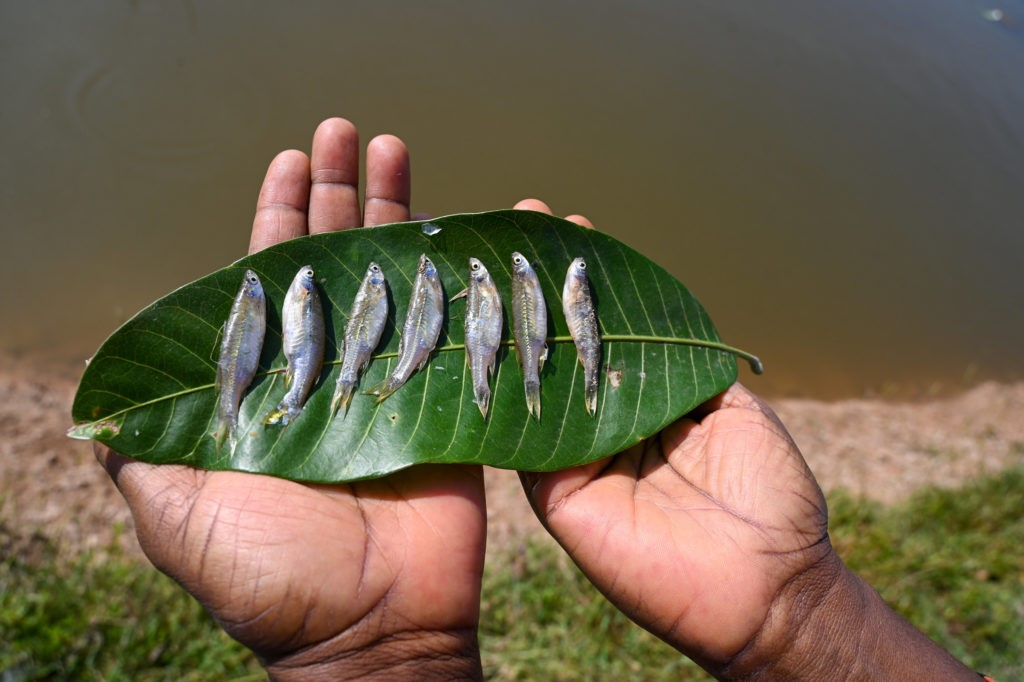
The event had a strong equity lens, with Lora Iannotti, Associate Professor at Washington University in St. Louis underscoring the importance of consuming livestock-derived foods during the first 1000 days of life to meet special nutrient requirements. She and other panelists highlighted the need for assistance that ensures adequate intake in resource-poor settings. A more in depth conversation on human rights took place in side event 9, Human Rights, Nutrition and Law: Keys to Transform Food Systems, organized by Chaire de recherche en droit sur la diversité et la sécurité alimentaires, the (International Development Law Organization (IDLO), Laval University and three UN Nutrition members (the Food and Agriculture Organization of the United Nations [FAO], the United Nations Children’s Fund [UNICEF] and the World Health Organization [WHO]). Speakers “stressed the central role of legal frameworks in the transition towards sustainable food systems, looking at international, regional and the national level (constitutions, framework laws and sectoral legislation) inducing changes in systems supporting food production, in food supply chains, and in food environment/consumers behaviors.” The summary of the side event is available at: https://bit.ly/3yR7LOK
In addition, UN Nutrition members ‒ FAO and WFP ‒ were actively involved in a third side event that examined the nexus of food systems, biodiversity, climate and nutrition. This event stressed the importance of embracing diversity, linking it to the VGFSyN and global processes to accelerate the recovery and progress towards the Sustainable Development Goals. It illustrated the reciprocal relationship between eating a variety of fresh foods and fostering biodiversity with health gains for people and the planet. However, the event also acknowledged the complexity of these interlinked issues, with Saskia de Pee from WFP unpacking tradeoffs between meeting nutrient, environment and affordability targets. The importance of dietary diversity is also highlighted in UN Nutrition discussion papers, positioning aquatic foods and livestock-derived foods in the context of sustainable healthy diets for holistic food system transformation. For Julie Bissonnette, a young Canadian farmer and member of the World Farmers Organization, who spoke as a panelist at the first side event, biodiversity is essential for the land that yields her earnings. She recognizes that smallholders need support for the reorienting food systems towards nutrition and environmental goals.
Country examples for learning and inspiration
The three events showcased examples of programmes from different settings to address prevailing inequities. For example, Adeline Ufitinema from the Rwanda National Child Development Agency illustrated how nutrition, social protection and agriculture programming have aligned by providing a cow to impoverished families along with social behaviour change communication. Arun Padiyar from WorldFish highlighted a government-run programme in Odisha, India, where the introduction of local aquatic foods has revolutionized the fight against malnutrition while fostering the economic empowerment of women. Jenn Gerard Lovewell, from Real Good Fish, shared an example where local bycatch is used to supply school meals for low-income high schoolers in California, supporting local communities, efficient use of aquatic resources and better adolescent nutrition. “We need to revalue traditional knowledge and promote diversified agroecological production systems for multi-functionality, sustainability and resilience,” said Reinhold Muschler from CATIE in Costa Rica.
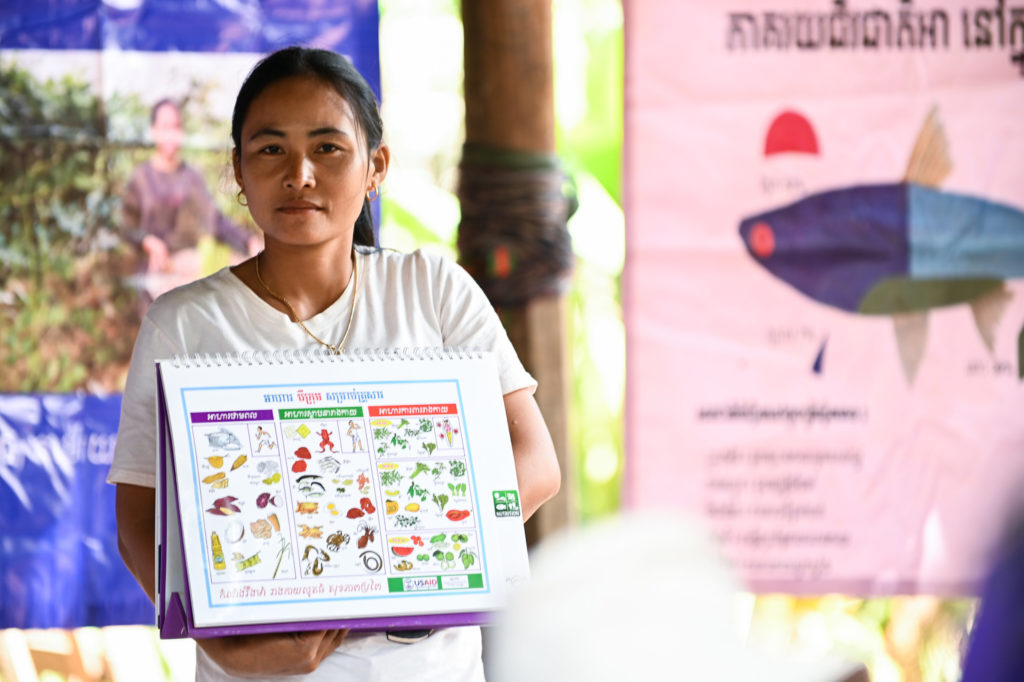
Sustainable healthy diets as a solution
Stineke Oenema, Executive Secretary of UN Nutrition, spoke at the side events, moderating two of them. This further enabled the opportunity to stress the three common themes as well as to connect the dots between the complementary efforts UN Nutrition members are undertaking towards food system transformation. At all three events, she emphasized the role of sustainable healthy diets, positioning them “as the linking pin between health, nutrition, food and environment.” She also looked ahead to opportunities, such as COP26 and the Tokyo Nutrition for Growth Summit, to continue supporting policymakers to change investments so that people, animals and planet can reap the benefits, today and in the generations to come.
New opportunities
CFS49 was the first opportunity to carry forward commitments from the UNFSS in the international arena. After engaging discussions in the plenary and various side events, the session closed with the election of Gabriel Ferrero, Ambassador-at-Large for Food Security for Spain, as the new CFS Chairperson for the coming two years. With the COVID-19 pandemic and related economic downturns, there has never been a better time to work together and advance food systems transformation.
